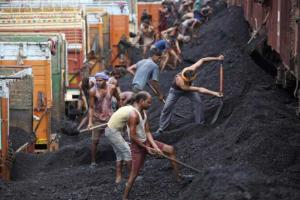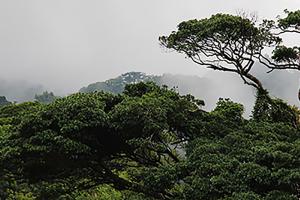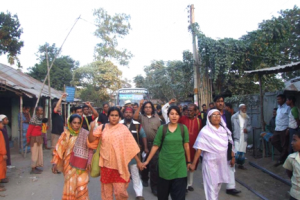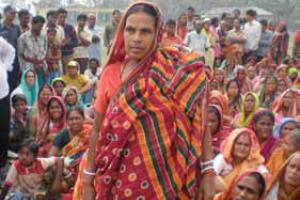Published by Market Forces and 350.org, and co-published by Bangladesh Poribesh Andolan (BAPA), Transparency International Bangladesh (TIB) and Waterkeepers Bangladesh, this new publication exposes foreign-led finance as the driving force behind plans for 29 coal-fired power stations, an expansion that has seen Bangladesh leap, within just 3 years, from 12th to 6th i
Bangladesh
Bulletin articles
23 August 2017
Other information
4 September 2014
Bulletin articles
30 July 2013
(Photo: SSNC)
The negative patterns of land grabbing and intimidation recorded by a Swedish Society for Nature Conservation (SSNC) investigating team in shrimp farming areas around Khulna, Bangladesh clearly affect entire families whose lands and livelihoods have been destroyed.
Other information
30 July 2011
Women of South Asia working in several areas including health, nutrition, livelihood, environment, gathered in Dhaka, Bangladesh on July 2 and 3, 2011, for the Third Annual Conference of SWAN (South Asia Women’s Network), which was dedicated to the theme of “Women of South Asia and the Green Economy”.
Other information
30 March 2010
Sicilia Snal (25), is a Garo woman of the forest village Sataria in the Modhupur sal forest. It is merely a 62 thousand acres forest patch, yet the third largest forest of Bangladesh, a country having one of the lowest per capita forest coverage on earth. Sicilia has to routinely visit the nearby forest to collect firewood. This is a traditional right that she and other villagers have always enjoyed.
Bulletin articles
27 February 2010
The last remnants of forests in Bangladesh are disappearing and much of the blame goes to local peoples’ “slash and burn” agriculture. The government –supported with loans and funds from multilateral and bilateral financial institutions- is actively promoting the plantation of trees and would thus appear to be trying to revert the situation.
Bulletin articles
30 January 2010
The Chittagong Hill Tracts (CHT) in southeastern Bangladesh bordering Burma is one of the last remaining forested regions in the country, and is the ancestral domain of a dozen indigenous communities collectively known as the Jumma peoples (from “jum” = shifting cultivation). These peoples have ethnic, linguistic and religious identities totally different from the Bengali Muslim majority. Under British rule, the region was autonomous, largely off-limits to outsiders and almost exclusively inhabited by indigenous peoples.
Bulletin articles
30 July 2009
Industrial shrimp farming has been a major cause of mangrove wetlands destruction in Bangladesh –some 45%- and has led to biodiversity loss as well as to the loss of livelihood for millions of people who have depended on mangroves.
Other information
18 August 2007
The book authored by Philip Gain -Stolen Forests, published in 2006- denounces the horrendous consequences of the introduction of plantations —teak, rubber, eucalyptus and acacia monocultures— on Bangladesh’s native forests.
Bulletin articles
8 January 2006
Mangroves, the coastal equivalent of tropical forests on land, and also called "salt water forests", have provided livelihood for a lot of local people (see WRM Bulletin Nº 51). The Sundarbans, the world's largest coastal mangrove forest, stretches for almost 6,000 square miles across India and Bangladesh, a natural barrier against tsunamis and frequent cyclones that blow in from the Bay of Bengal.





